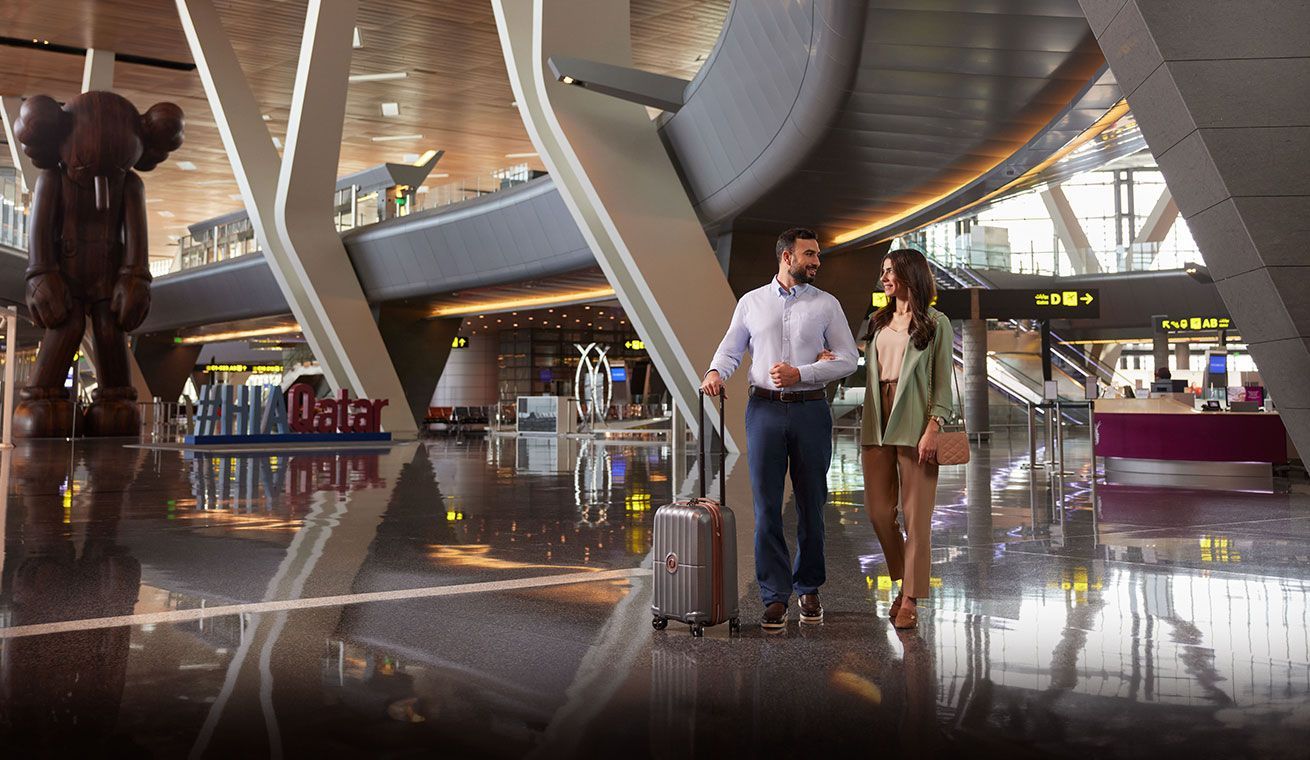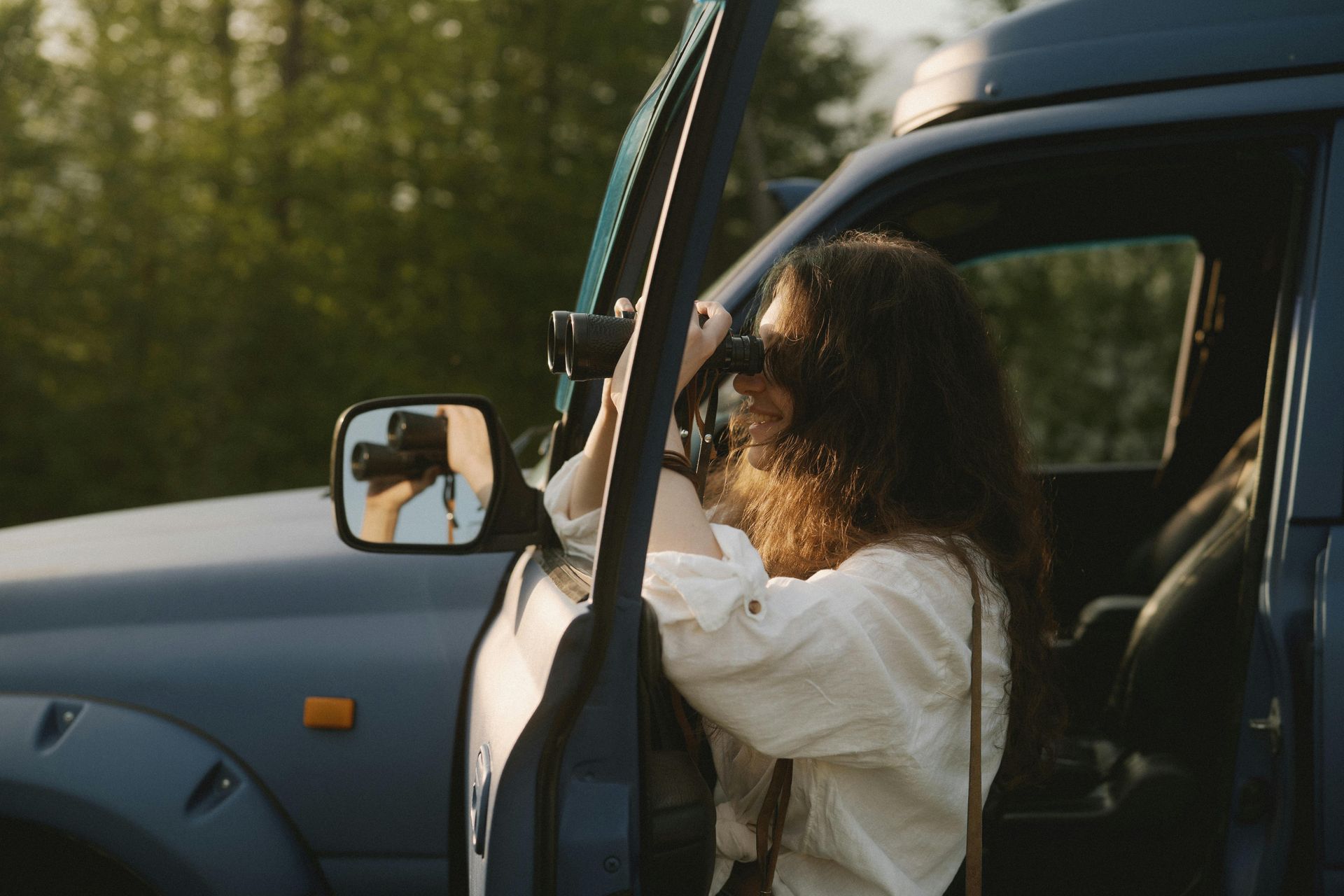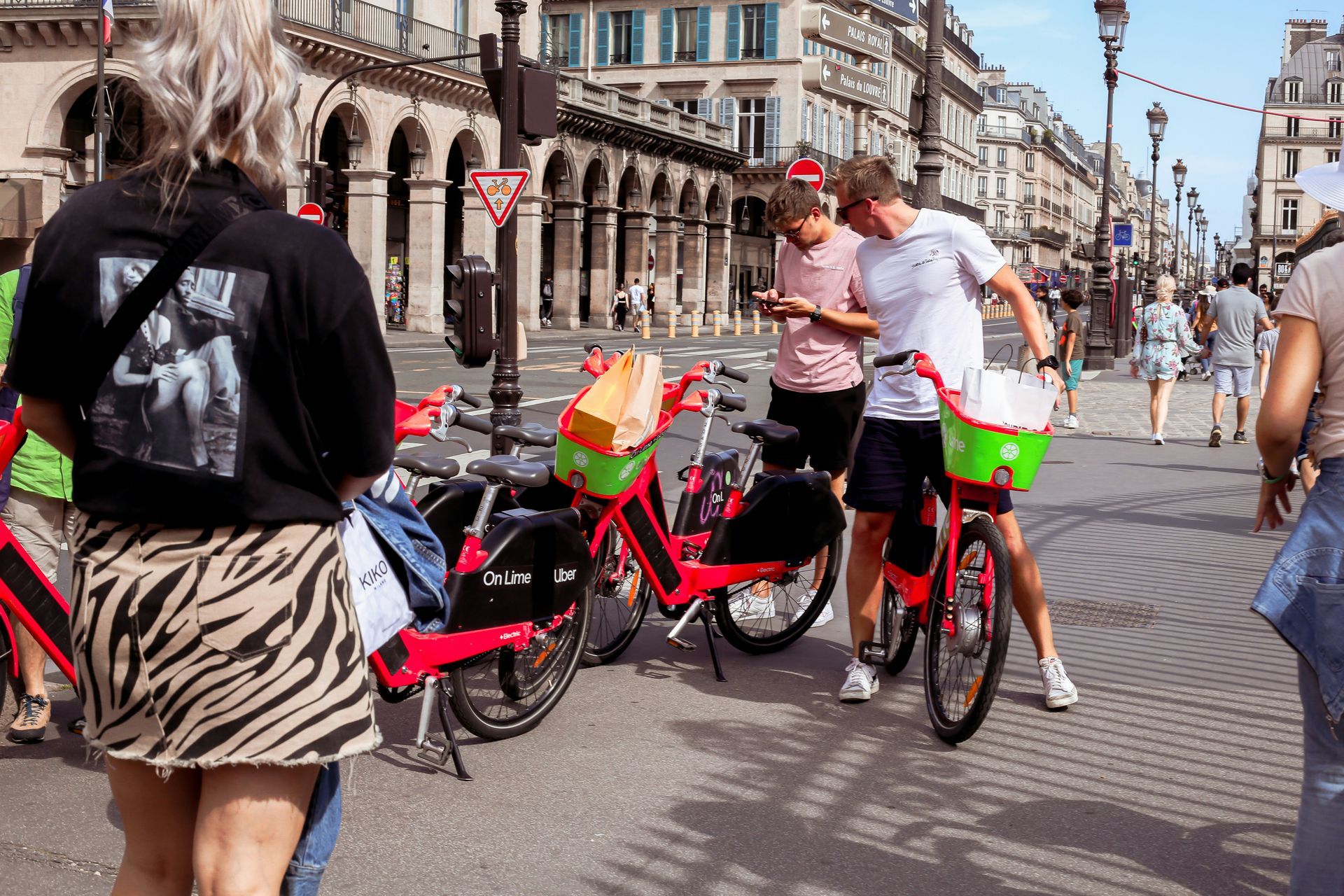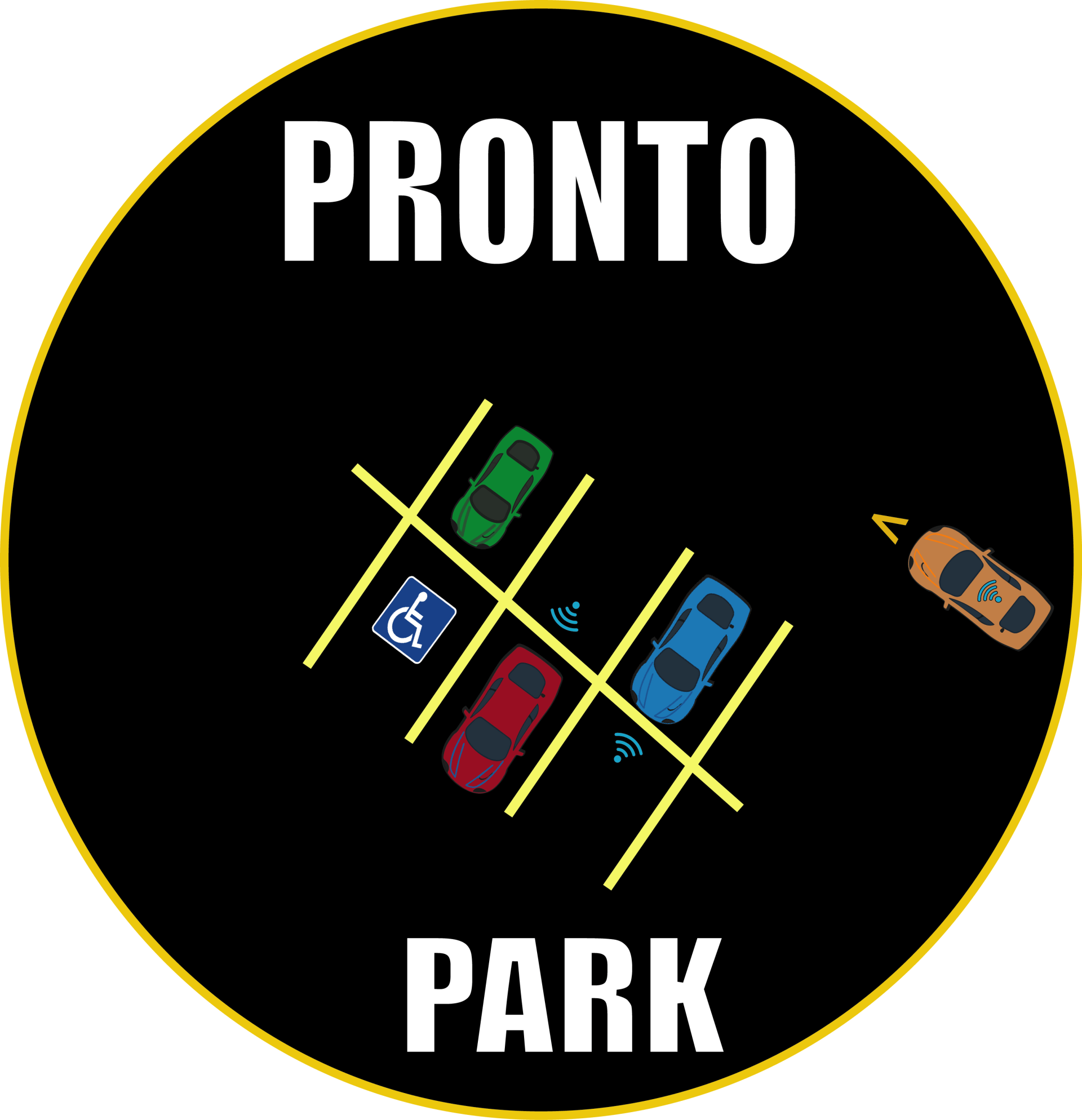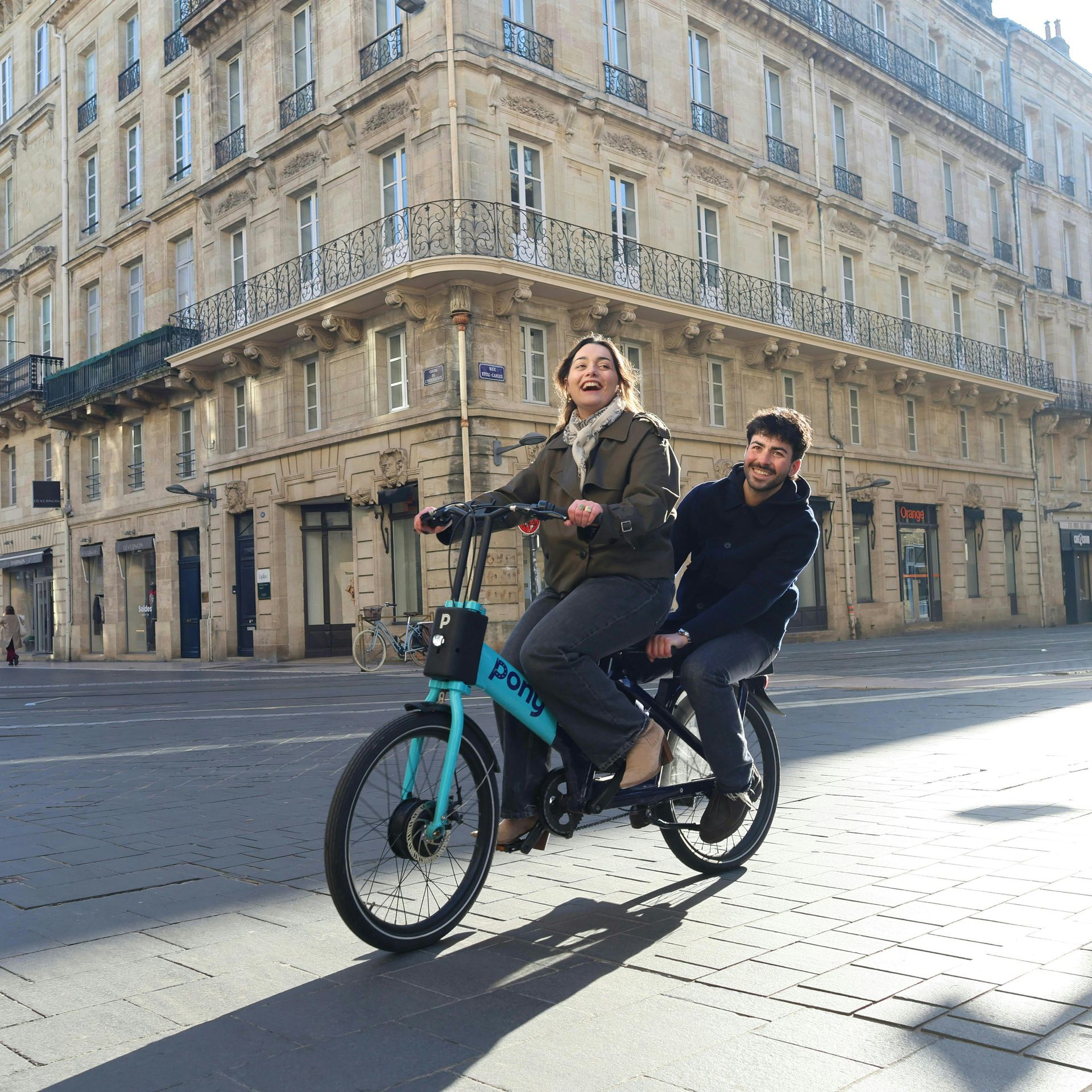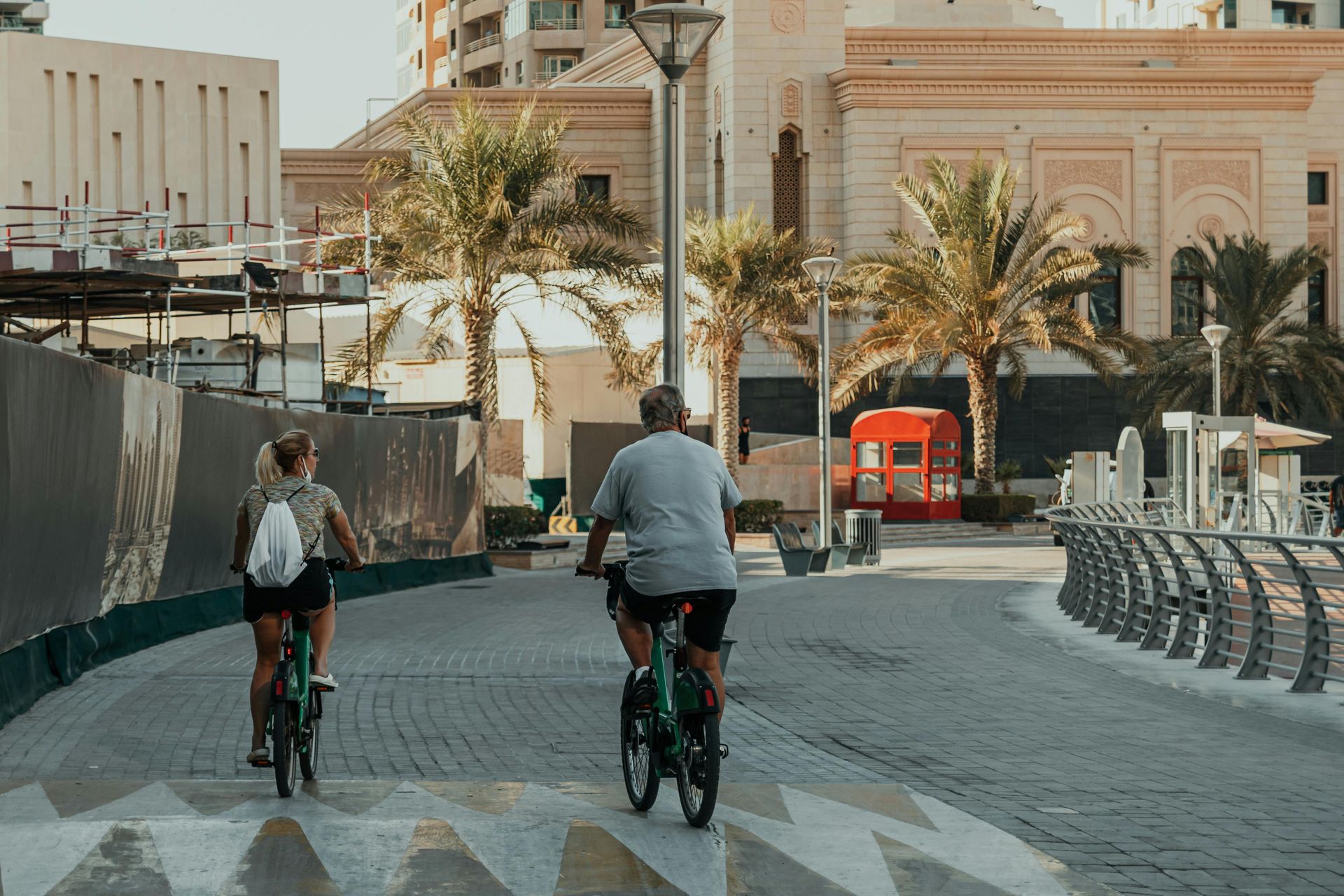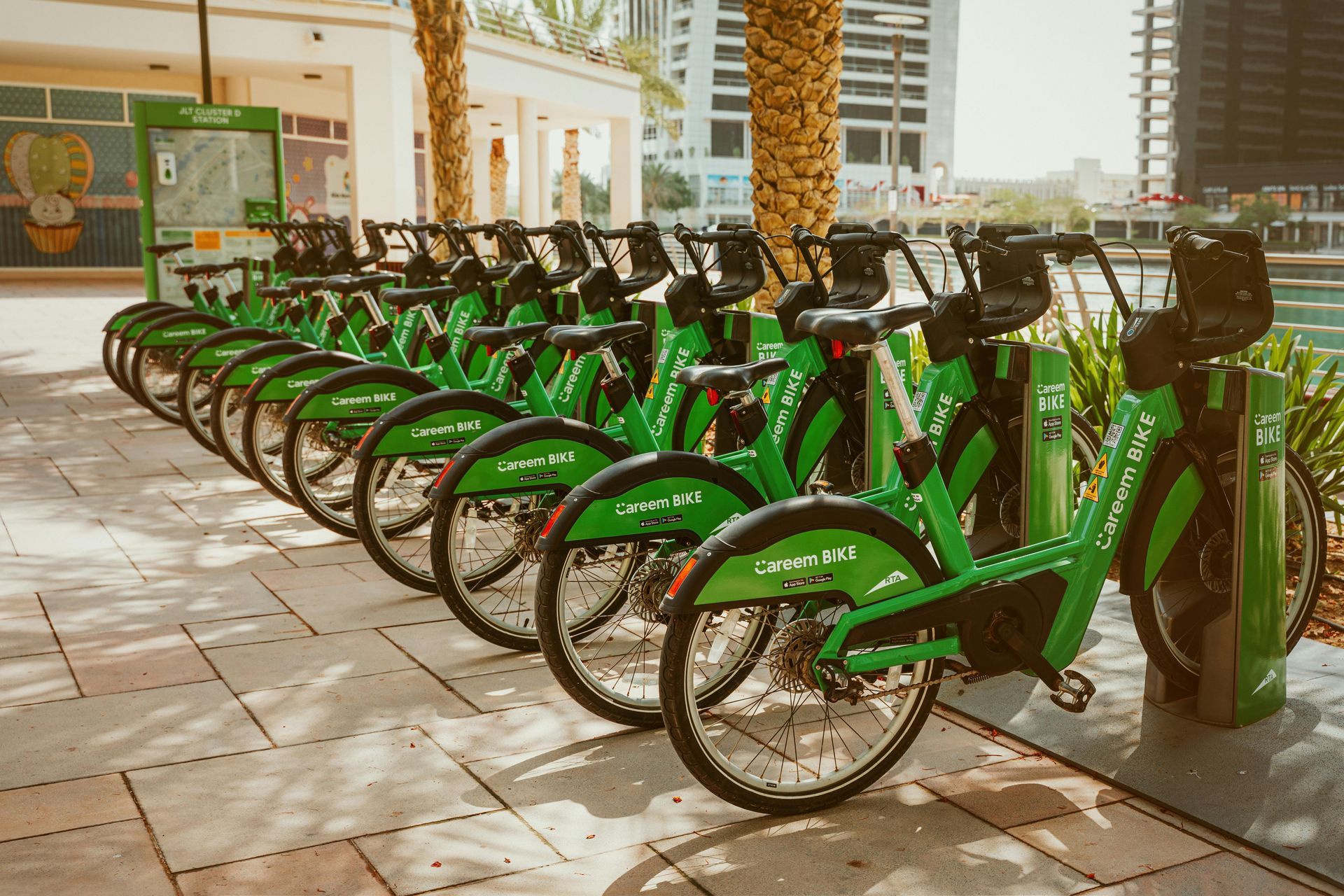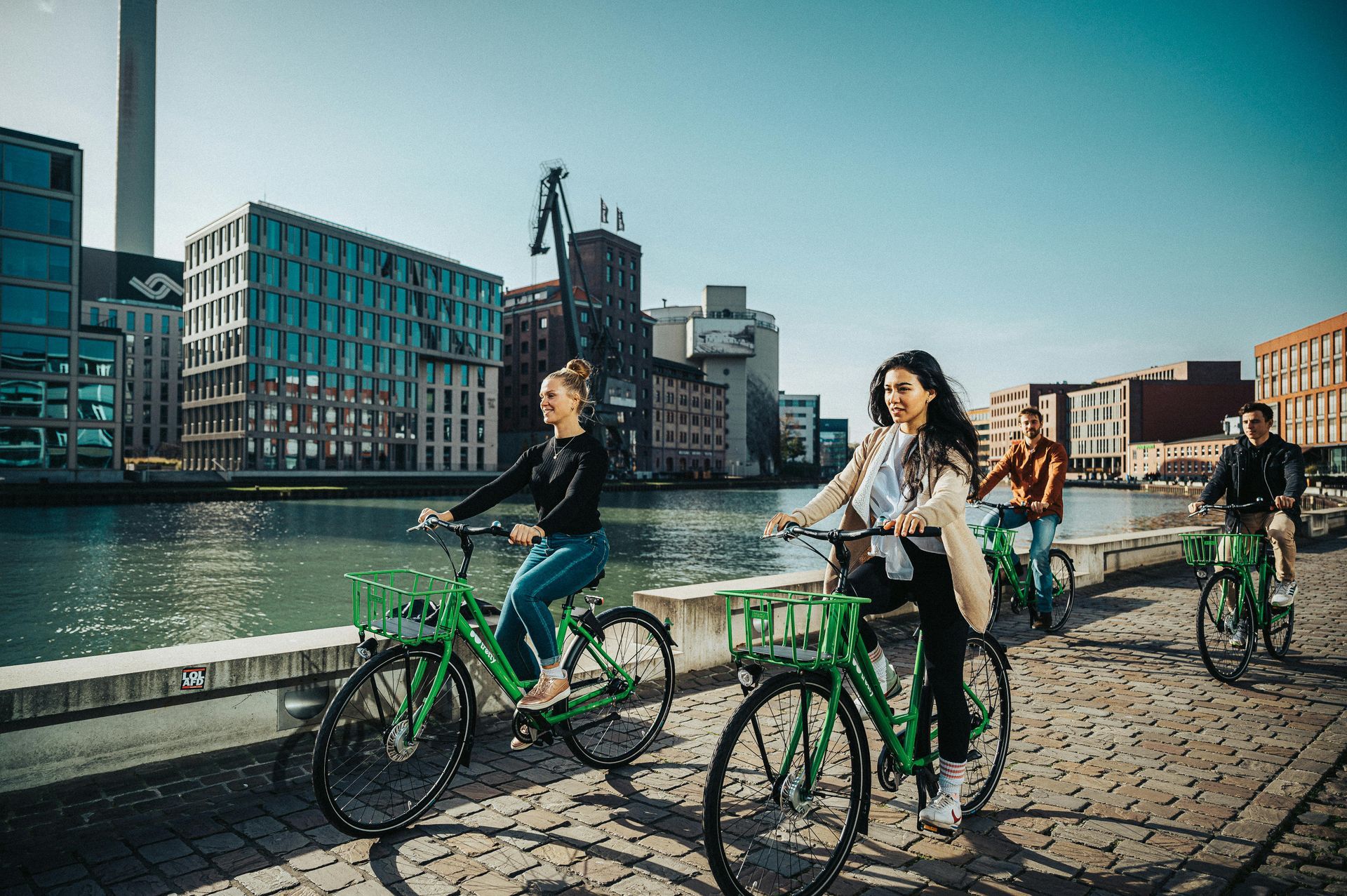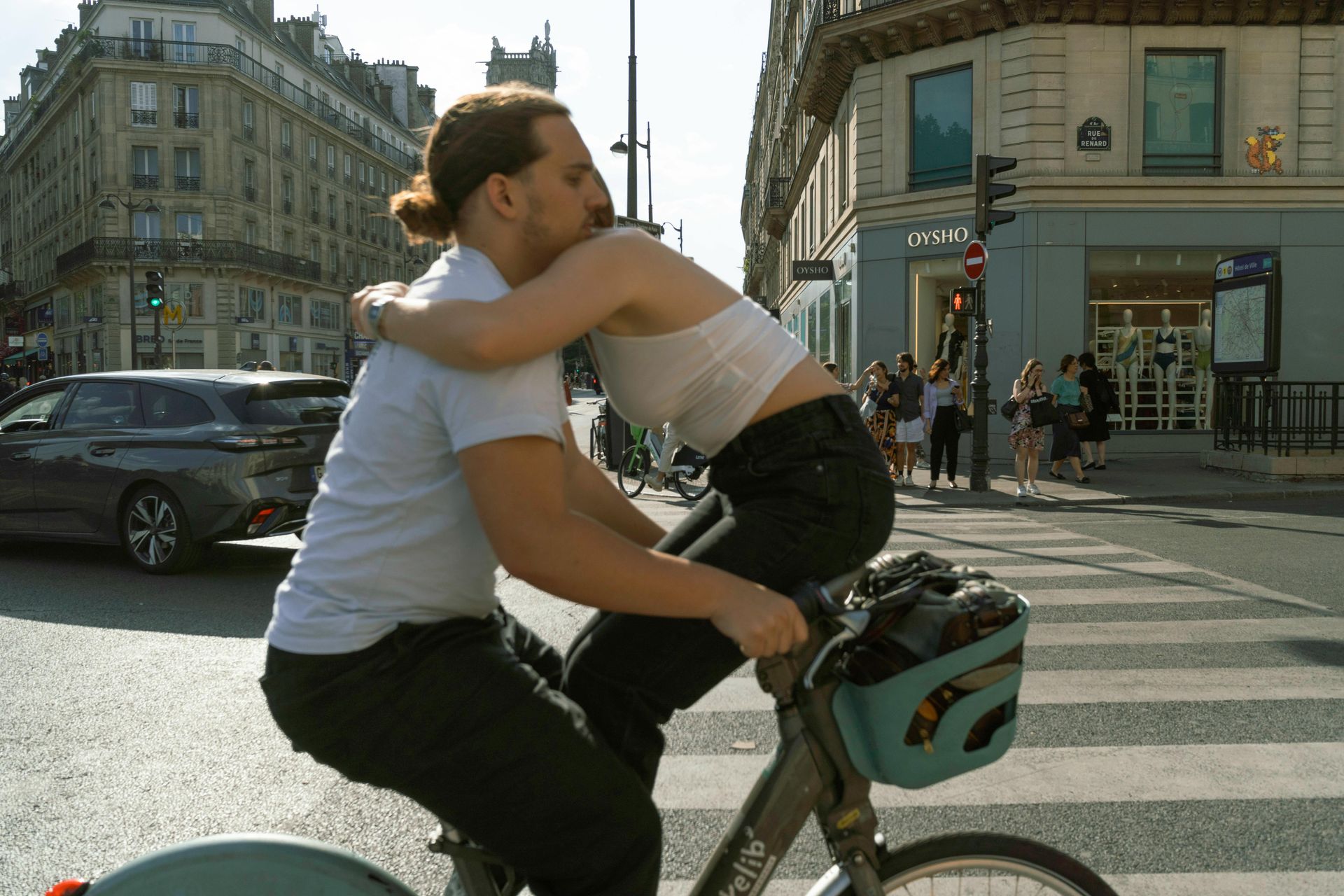Built for the Last Block: How City Design and Small Wheels Are Powering the Future of Urban Movement
Urban design is evolving and it’s doing so at street level. Cities around the world are rethinking how people move, and it's not just about getting from point A to B. It's about building communities around walkability, accessibility, and freedom of choice. The “last block”, that final leg of your daily trip is becoming a central focus for urban planners. Wider sidewalks, curb-level bike lanes, and smart parking for e-scooters and bikes are replacing outdated infrastructure that once prioritized cars. These changes are turning city streets into shared spaces where micromobility thrives.
Lightweight electric transport isn’t just a convenience; it’s a movement. Students zipping between campus buildings, professionals riding to lunch meetings, and travelers discovering new corners of a city all of them are embracing e-bikes and scooters as the most flexible form of movement. These compact rides close the gap between places too far to walk but too close to drive. They're redefining what mobility looks like in dense environments. And as car ownership becomes less essential especially among younger, urban populations; small wheels are becoming the default, not the alternative.
City dwellers have led the charge, and now the infrastructure is responding. Protected micromobility lanes, dedicated scooter parking, and smart intersections are making urban riding safer and more intuitive. Municipalities are realizing that better design doesn’t just reduce congestion. It invites people to explore, engage, and support local businesses more freely. The shift isn’t about removing cars from cities altogether, it’s about offering smarter, better-suited options for trips that don’t require four wheels. As micromobility scales, cities are becoming more accessible block by block.
What was once considered fringe is now foundational. Micromobility has become part of the everyday toolkit for millions—offering not just convenience, but agency. It's a lifestyle that embraces spontaneity, reduces carbon footprints, and makes travel feel lighter literally and metaphorically. As cities continue to invest in small-format movement, the last block isn’t a barrier—it’s an invitation.
Whether you're reclaiming your commute or unlocking a new route through your neighborhood, this shift isn't about moving less, it's about moving smarter.

